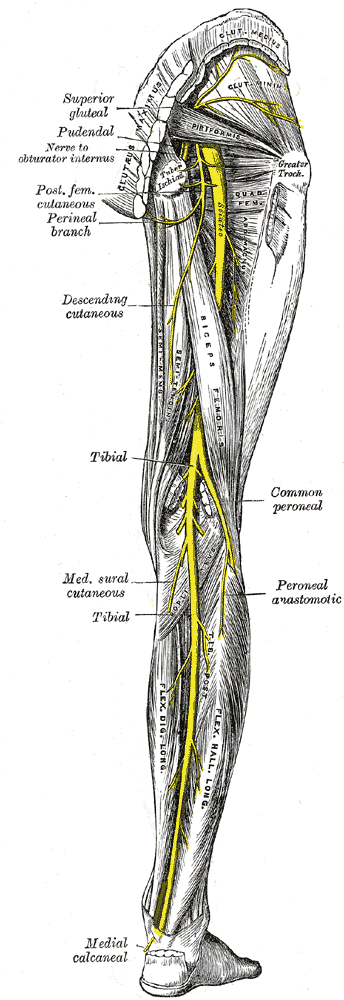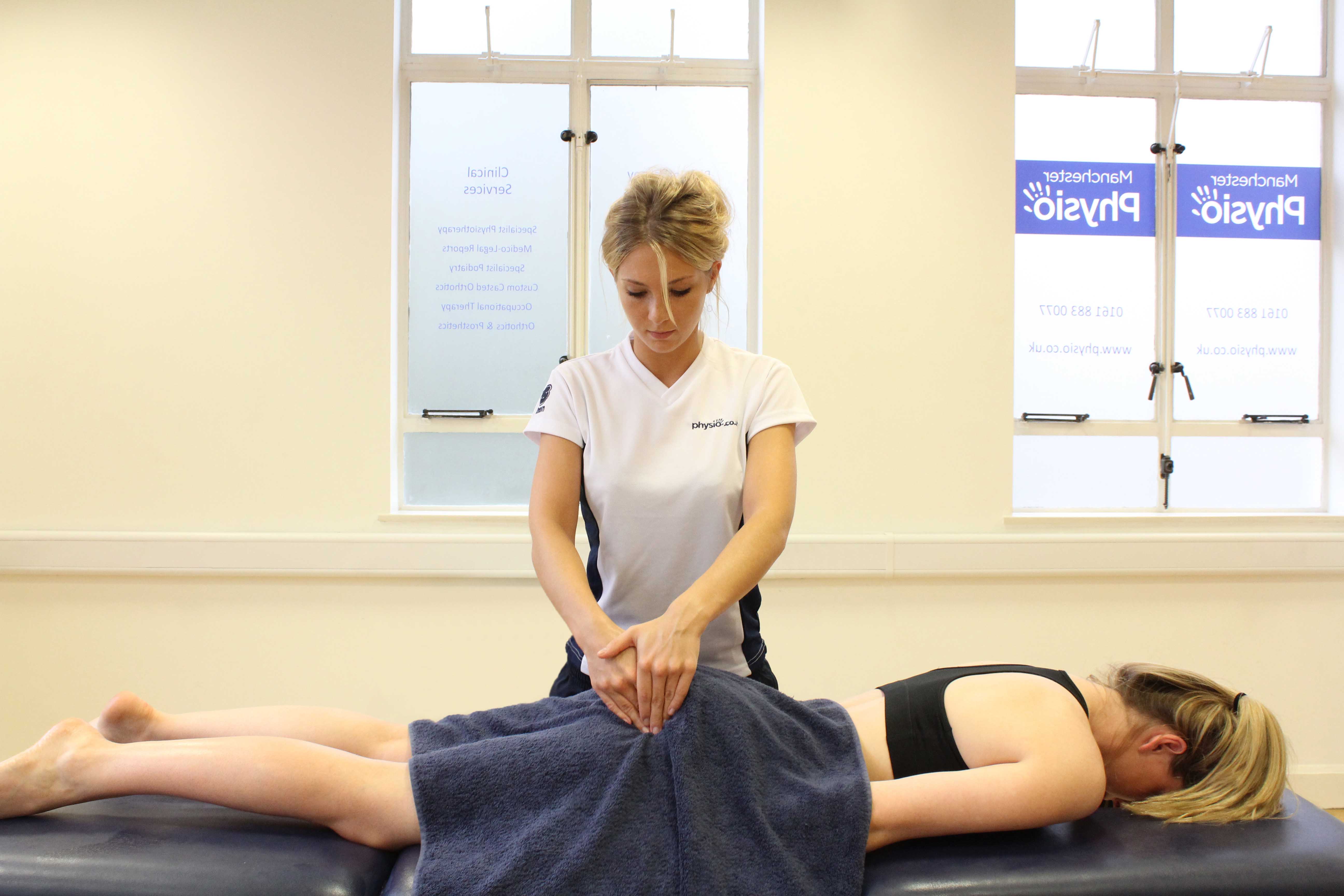nalco group
bone, muscle & joint pain physio
BOOK NOW / WHATSAPP ABOUT YOUR PAIN OR INJURY
- ORCHARD 400 Orchard Road #12-12 Singapore 238875
- TAMPINES 9 Tampines Grande #01-20 Singapore 528735
- SERANGOON 265 Serangoon Central Drive #04-269 Singapore 550265
Home > Blog > Physiotherapy > Piriformis Syndrome Physiotherapy
Piriformis Syndrome Physiotherapy

Sciatica happens when our sciatic nerve is compressed when our spinal disc is herniated (often inaccurately termed as "slipped disc" and refers specificly to a pain/discomfort that is experienced that travels from our buttocks to our leg (usually one sided occurrence).
Sciatica can be caused either by herniated/slipped disc, chronic hamstring tendinits, adhesions/compression of tissues around the sciatic nerve. In the case of piriformis syndrome, it may also cause sciatica despite it is NOT a herniated or slipped disc. In some individuals or athletes, the piriformis muscles may compress the sciatic nerve, especially in some individuals where the sciatic nerve GOES through the piriformis muscles.
And this causes pain that is similar to sciatica too, so sometimes when a patient has sciatica, it may not be a slipped disc, it can be piriformis syndrome.
Pains and discomforts associated with sciatica usually travels down our
- buttock
- back of thigh
- sometimes to calf and top of feet
Patients who suffer from piriformis syndrome or sciatica often report tenderness, soreness, aching or deep pain in their buttocks (tend to be one side more than the other), and this is aggravated by:
- sitting
- climbing stairs
- squats
Our piriformis muscles main function is to:
- move our thighs from neutral to outwards (move away from center)
- externally rotating our thighs (rolling our thigh outwards from center)
This pain, termed as sciatica, often travels down the back of thigh and into the lower back. Patients who have this syndrome generally complains of a deep pain or tenderness in the buttocks, which is aggravated by sitting, climbing stairs or doing squats/squat-like exercises. Our piriformis muscles helps us in abducting our thighs (bringing outwards) and externally rotating our thighs (rolling upwards, as in sitting cross-legged).
To visualize the movement of your piriformis muscle, do this exercise (safely, of course):
- balance on your left foot
- move
your right foot away from your left thigh
- then rotate your right thigh such that your right toes points towards the ceiling
That's what your piriformis muscle does.
stretching our piriformis muscle
Stretching our piriformis muscle almost always duplicates the pain and discomfort of piriformis syndrome. To stretch your piriformis, there are two methods:
#1: The Complicated But Proper Full Stretch (Assume you have right sided piriformis syndrome)
- Lie on your back and bend your affected hip and knee.
- Use your
left hand to hold onto the back of your right knee
- Pull your right knee
towards your left shoulder.
- This will cause your right piriformis to adduct and flex.
- Don't let go yet,
next, use your right hand to grab your suspended right ankle and rotate the ankle
outwards.
#2: Shorter But Quick Method:
- Stand on your left foot and place your right foot on a chair or low table (your right knee and hip needs to be about 90 degrees flexed each)
- Then use your right hand to press your right knee towards the left side of the body whilst keeping your ball of your right foot on the same spot on the chair
What causes the piriformis syndrome?
Our piriformis muscle is located deep below the buttock (gluteal) muscles, originating from the spine of the sacrum and extends and attaching to the greater trochanter of the femur, which is the bony bulge on the outside and top of your thigh.
In the 80-90% of the population, the sciatic nerve is located UNDER the piriformis muscles...but in about 10-20% of the population, the very same sciatic nerve GOES THROUGH the piriformis muscle. And that's where the problem comes.
Because...muscles work by contraction and relaxation, so when the sciatic nerve goes through the piriformis muscle, and if/when the piriformis muscles either has a problem that causes it to be shortened or tightened on a semi-permanent basis, what happens is that there will be prolonged compression onto the sciatic nerve.
This causes sciatica.
diagnosing piriformis syndrome
Generally, piriformis syndrome is diagnosed based on
- consultative clinical medical history taking and review
- identification of piriformis syndrome's symptoms
- mechanical manual examination
This may be complemented with X-ray scans, nerve conduction tests and even MRI to confirm this specific condition as well as to rule out other health issues at the same time
There are two well-described medical tests that have been clinically validated for piriformis syndrome diagnosis, which are:
- The FAIR-test, an electrophysiological
test which specificly measures all delays in sciatic nerve conduction especially when the piriformis
muscles is stretched against the sciatic nerve
- Magnetic Resonance Neurography (MRN), which is an advanced
version of the MRI that can highlight inflammation and the nerves
physiotherapy for piriformis syndrome

Once accurately diagnosed, step-by-steps physiotherapy treatments for piriformis syndrome starts with:
- Progressive piriformis muscle stretching, starting with 5 seconds of sustained stretch and slowly working up to 60
seconds per set. This is to be done several times daily, ideally at intervals of 2-6 hours except when sleeping
- Combined with: Ultrasound therapy, gentle deep tissue massage, dry needling, strengthening
- Patient may benefit from ongoing regular weekly deep tissue massage
With
accurate diagnosis and treatments, this syndrome is easily managed with our senior physiotherapists.
